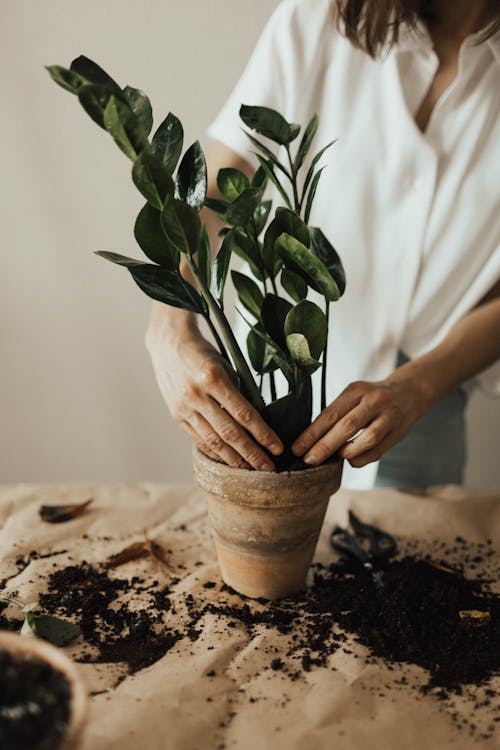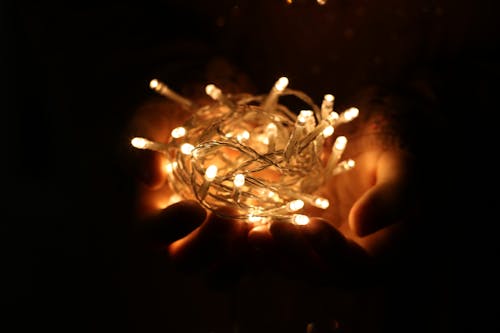Growing Indoors – Grow Light Basics

With most people being urbanized and living in urban areas, having to cultivate your fruits and vegetables has become increasingly difficult due to the space restrictions we find ourselves experiencing in the city. This is why growing these plants indoors has become such an avid interest amongst young and more experienced horticulturalists alike.
Growing indoors essentially means that you have to be the master of the elements, controlling light, humidity, ventilation, and heat as if you were the seasons themselves. Today, we will be looking at one of the most important factors which are vital to plant growth, Light.

Why do your plants need so much light?
Plants require light for the process of photosynthesis. This is the process in which a plant will convert light, oxygen, and water into carbohydrates (energy). Plants require this energy to grow, bloom and produce seedlings.
Types of indoor grow lights
Metal Halide (MH)
Metal halide is an HID style grow light. It comes in a wide range of wattages, from 250 to 1,000. Metal halide lights have been used in growing cannabis because they emit a strong blue wavelength, which helps the vegetative phase of growth. Studies have shown that the blue wavelength in light increases the overall growth of plants.
Since MHs generate so much power, they require a separate ballast to safely send the required lumens to it. These ballasts are either magnetic or digital, and they can weigh upwards of 10kgs each.
High-Pressure Sodium (HPS)
HPS is also a HID light style grow light. These lights also range from 250-1,000-watts. HPS lights are known for their red and orange wavelength that is meant to increase the overall size of buds and speed up the transition from the vegetative phase to the flowering stage. HPS is used to mimic the natural response in cannabis plants to react to the suns’ position when it’s on the horizon. This red wavelength triggers an internal response to begin flowering due to shorter days ahead.
LEDs (Light Emitting Diode)

LED grow lights have gained in popularity due to their low heat emission and custom wavelength configuration. This means that it’s possible to place red, white, and blue diodes to give a full spectrum of light to your plants. In their early days, LEDs were seen as low-wattage alternatives to HPS and MH. Now, LEDs pack a serious punch and are seen in various power outputs as high as 1,000-watts.
LEDs also offer dimming options and include a “night mode” that mimics the light wavelengths of the moon. Some even come equipped with green diodes so you can check on your plants during the night cycle without doing any significant harm.
CFL (Compact Fluorescent Lights)
CFLs are perfect alternatives to power-hungry LEDs and HIDs. These are also routinely found in hardware shops at an affordable price. Not only are they easy to find, but they are also easy to set up without the need of having to deal with an external ballast.
The heat that CFLs emit is negligible, and they are ideal when a grow room space is difficult to cool down.

Comments
Add comment